Tennis Player Diet
Jul 19, 2022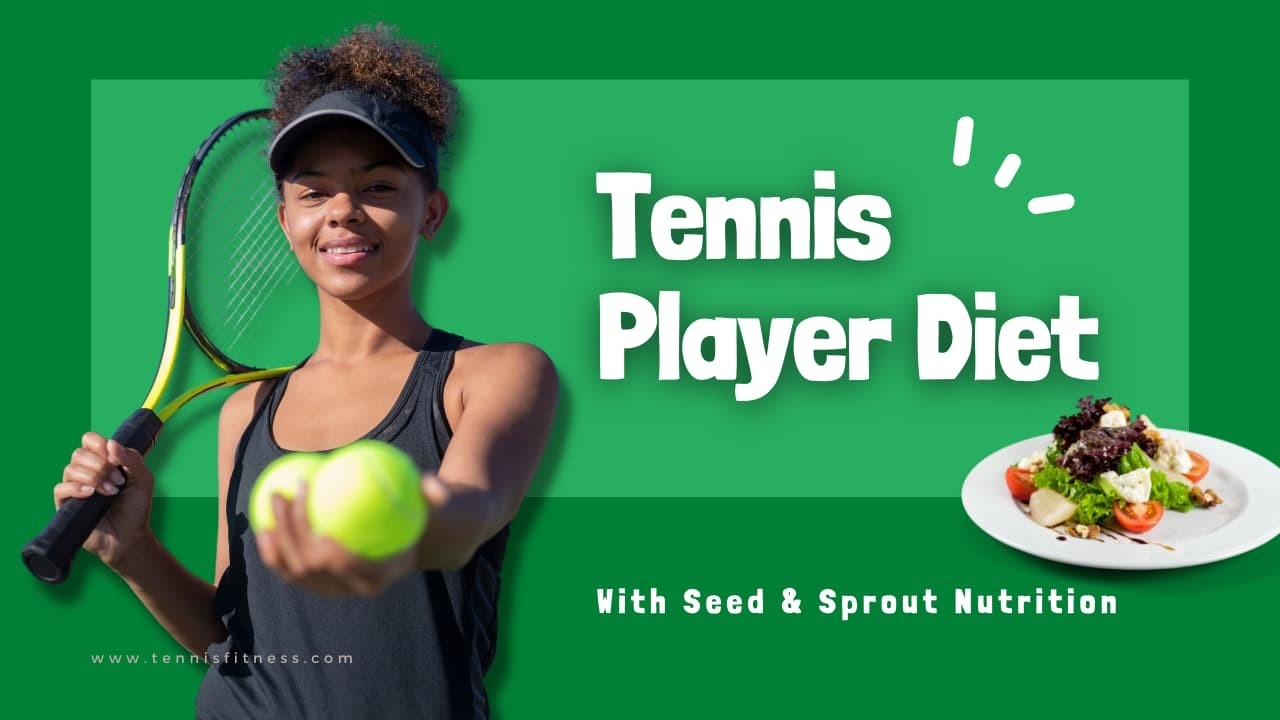
Tennis Player Diet - Sports Nutrition Simplified
Eating well before, during, and after training or an event can dramatically improve not only your performance but also your rate of recovery. It's genuinely about balance - keeping up the right amounts of protein and carbohydrates will help you restore muscle glycogen, maintain steady energy levels and sustain lean muscle mass growth for long-term performance. Please use the simple guidelines below to help you:
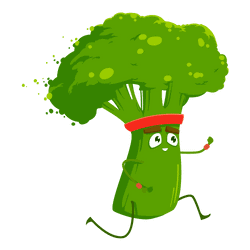 Eat a balanced meal approximately 2 hours prior to tennis training or your match. Aim for a ratio of 70% complex carbohydrates and 30% quality protein.
Eat a balanced meal approximately 2 hours prior to tennis training or your match. Aim for a ratio of 70% complex carbohydrates and 30% quality protein.
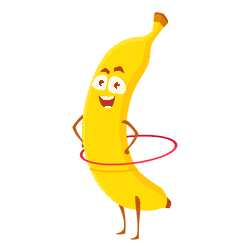 If you have to eat less than 2 hours, make sure it is something light and mainly carbohydrates - like a piece of fruit or crackers. Try to avoid sugar and processed foods.
If you have to eat less than 2 hours, make sure it is something light and mainly carbohydrates - like a piece of fruit or crackers. Try to avoid sugar and processed foods.
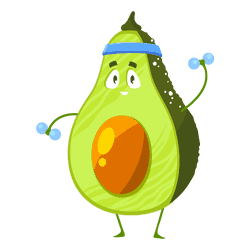 After tennis training or your match, eat another meal that is approximately 50% carbohydrates, 40% protein, and 10% fat within 30 minutes and then again after two hours. The body will be rebuilding muscle and replenishing energy stores and fluids at this time.
After tennis training or your match, eat another meal that is approximately 50% carbohydrates, 40% protein, and 10% fat within 30 minutes and then again after two hours. The body will be rebuilding muscle and replenishing energy stores and fluids at this time.
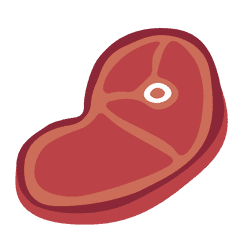 How much protein? A simple guide is to eat 1g per kg body weight per day. For example, if you weigh 25kg have a total of 25g spread out amongst your three meals.
How much protein? A simple guide is to eat 1g per kg body weight per day. For example, if you weigh 25kg have a total of 25g spread out amongst your three meals.
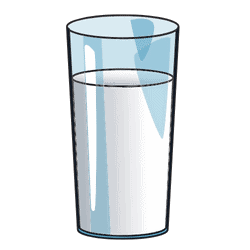 Hydration - Aim to have 500ml of water prior to training, approximately 500 ml during (in small sips), and at least 1L after your event.
Hydration - Aim to have 500ml of water prior to training, approximately 500 ml during (in small sips), and at least 1L after your event.
TIP: Adding a small pinch of quality Celtic or Himalayan salt to your water can dramatically enhance cellular hydration.
Tennis Nutrition: Superfoods
Beetroot - Beets can boost vasodilation, and oxygen efficiency, and lower blood pressure due to their wealth of nitrates, these root vegetables have been shown to increase endurance by up to 16%.
Coconut Water - Coconut water is the equivalent of nature's gatorade, providing electrolytes needed to maintain hydration and smooth muscle transmission.
Organic Berries - A fantastic source of antioxidants to offset the oxidative damage and inflammation that occurs naturally during exercise.
Tart Cherries - A great natural source of quercetin and melatonin that can aid in muscle recovery and inflammation.
Chia Seeds - These small but mighty seeds can help you maintain energy levels as they are a great source of fiber, slow down glucose release, and assist hydration.
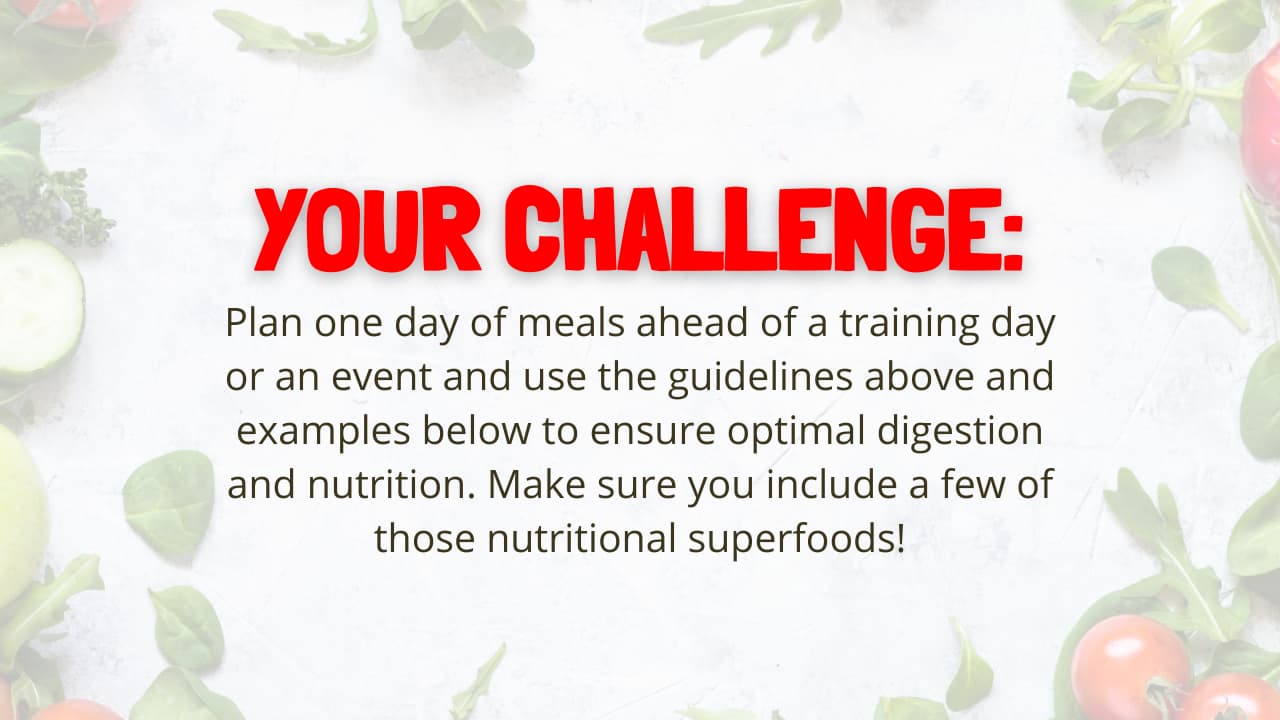
Example of a Good Tennis Diet (Meals and Snacks)
Breakfasts:
- Rolled oat porridge with nut butter and coconut cream and berries.
- Berry and banana smoothie with chia seeds and nut butter.
- Sourdough toast with smashed avocado, spinach, and a cooked egg.
Pre/Post Snacks:
- Crackers and cheese
- Beetroot and apple juice
- Piece of fruit or banana with peanut butter
- Plain Popcorn and coconut water
- Corn chips with guacamole or hummus
- Dried fruit and nut trail mix
- Fruit smoothie with chia seeds
- Greek yogurt with cherries
Lunches:
- Chicken and salad sandwich on sourdough or wholegrain bread
- Beef and vegetable lasagna with a side salad
- Tuna and salad wrap
Dinners:
- Beef and bean burritos with salad
- Teriyaki salmon stir fry with vegetables
- Chicken meatballs with sweet potato and broccoli
*Tip: Try to be organized - do some meal preparation before your training or an event so you don't have to buy processed packaged foods that don't fuel your body as well.
For more information on Lynsey Koch visit - https://seedandsproutnutrition.com/ or @seedandsproutnutrition



